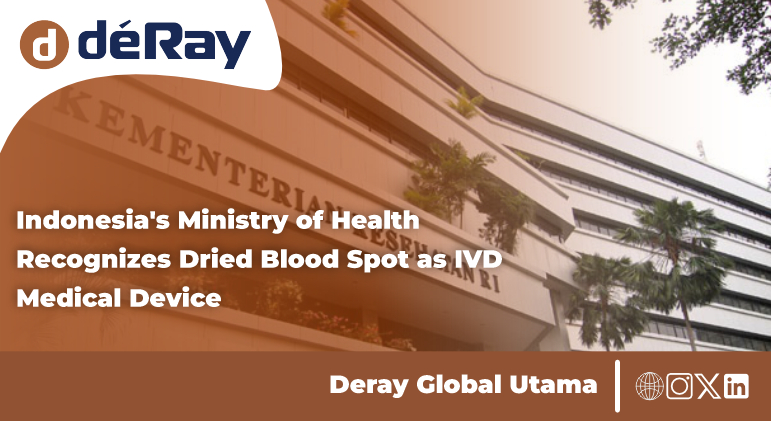- Home
- About Us
- Products & Services
- Our Services
- License Representative
- Product Registration
- Medical Device Company Establishment Service
- Renewal and License Amendment
- Miscellaneous Certificates
- Post-Marketing Surveillance
- E- Catalogue
- Medical Device Trademark Management
- GDPMD (Good Distribution Practice for Medical Device)
- Regulatory Intelligence
- research material products
- Our Services
- Articel
- Asia Regulatory Information
- Our Clients
- Gallery
- Contact US

In recent years, medical devices utilizing X-rays, such as CT scan machines, have become essential in patient diagnosis and treatment. A CT scan is a diagnostic procedure that employs a computer and X-rays to visualize structures and tissues in the body from multiple angles. The X-ray machine used in this process functions by employing a vacuum tube as a source of electrons. These electrons are accelerated and collide with a metal anode, producing X-rays through this interaction. A CT scan specifically uses tomographic imaging methods, along with digital processes, to create three-dimensional images of internal organs from a series of two-dimensional images.
Radiology is a medical specialty that focuses on the use of various radiation modalities for diagnostic and therapeutic procedures, guided by radiology protocols. This includes imaging techniques that utilize X-rays and radioactive substances. If you are in a hospital or clinic and come across the term "X-rays," you are likely in the radiology department. Diagnostic radiology utilizes X-ray machines, including CT scans, to diagnose diseases and morphological abnormalities in patients.
Interventional radiology is a specialized field that employs X-ray machines for real-time image-guided procedures. This technique is used to diagnose conditions and perform therapeutic interventions, such as placing guide wires and stents within the patient’s body.
Nuclear Energy Regulatory Agency
The Nuclear Energy Supervisory Agency (BAPETEN) oversees the regulatory requirements for radiation safety that must be adhered to by license holders using X-ray devices in diagnostic and interventional radiology. BAPETEN’s regulations encompass various aspects, including management, radiation protection, engineering requirements, and safety verification for General Radiography, Fluoroscopic X-rays, Mammography, CT-Scan X-rays, and Dental X-rays.
Regulation
Before obtaining a distribution permit for radiation health devices, businesses must possess a standard permit or certificate as part of the application process for medical device distribution. Examples of radiation-emitting medical devices include Ultrasonography (USG), CT-Scan, and Fluoroscopy. To streamline the application for standard certificates, BAPETEN has introduced the BAPETEN Licensing and Inspection System Online (Balis Online), which is integrated with the Risk-Based Online Single Submission (OSS-RBA) system.
Business actors and applicants can submit requests for the NIB, permits, and standard certificates through OSS, which is integrated with the BAPETEN BaLis application. Applicants must fulfill the requirements at BaLis BAPETEN and make payments after BAPETEN conducts an assessment and grants approval. Business actors receive a standard certificate from OSS, while non-business actors obtain a permit directly from BAPETEN BALIS.
Security & Safety
The person responsible for radiation safety is the license holder and other relevant parties involved in the use of X-rays in diagnostic and interventional radiology. Permit holders must comply with management requirements that include appointing a Radiation Safety Officer, fostering a safety culture, monitoring health, providing education and training on radiation protection, and maintaining proper records and reports.
Additionally, permit holders are required to implement radiation protection and safety optimization for medical exposure through operational guidelines for X-ray machines, diagnostic reference levels, and patient safety protocols. Operational considerations for X-ray machines include adhering to safety procedures to achieve optimal radiation protection and safety for patients.
Artikel Lainnya
-

Obligation to Submit Internal Audit Reports for Medical Device Companies Holding GDPMD Certificates
-

Udpate List of Medical Device and PKRT Testing Laboratory Network Accredited by SNI ISO/IEC 17025:2017
-

Indonesia's Ministry of Health Recognizes Dried Blood Spot as IVD Medical Device
-

GDPMD and Impact on Medical Device Registration in Indonesia
-

Transition from Waarmerking to Notarial Deed: New Agreement Validation for PJT and Companies in Medical Device Distribution
Our Services
- License Representative
- Product Registration
- Medical Device Company Establishment Service
- Renewal and License Amendment
- Miscellaneous Certificates
- Post-Marketing Surveillance
- E- Catalogue
- Medical Device Trademark Management
- GDPMD (Good Distribution Practice for Medical Device)
- Regulatory Intelligence
- IDAK (Izin Distributor Alat Kesehatan)